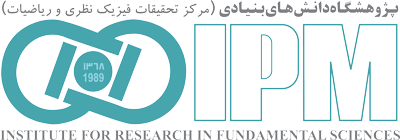“School of Nano-Sciences”
Back to Papers HomeBack to Papers of School of Nano-Sciences
| Paper IPM / Nano-Sciences / 18176 |
|
||||
| Abstract: | |||||
|
Casimir–Lifshitz forces have attracted much attention due to their relevance in controlling various phenomena1,2 and as a manifestation of quantum fluctuations3. Lifshitz and colleagues proposed a theory connecting the response function of materials to an electromagnetic field with the magnitude of these forces4. According to this theory, precise control over the permittivities of interacting materials allows both the magnitude and the sign of Casimir forces to be tuned, a phenomenon that has been experimentally demonstrated5,6. In principle, a similar tuning can be achieved by manipulating the permeabilities (μ) of the interacting materials at optical frequencies. However, this task becomes challenging when the contrast in permeability diminishes at much lower frequencies (approximately in the terahertz range)7. Zhang et al. reported the ability to tune Casimir forces using a magnetic field8. They demonstrated that the measured force between a gold sphere and a silica (SiO2) plate interacting through aqueous suspensions containing magnetite (Fe3O4) nanoparticles underwent a reversal—shifting from attraction to repulsion at a specific separation distance—when a magnetic field was applied. However, we argue that both their theoretical framework and experimental data fail to substantiate this claim. Download TeX format |
|||||
| back to top | |||||



















